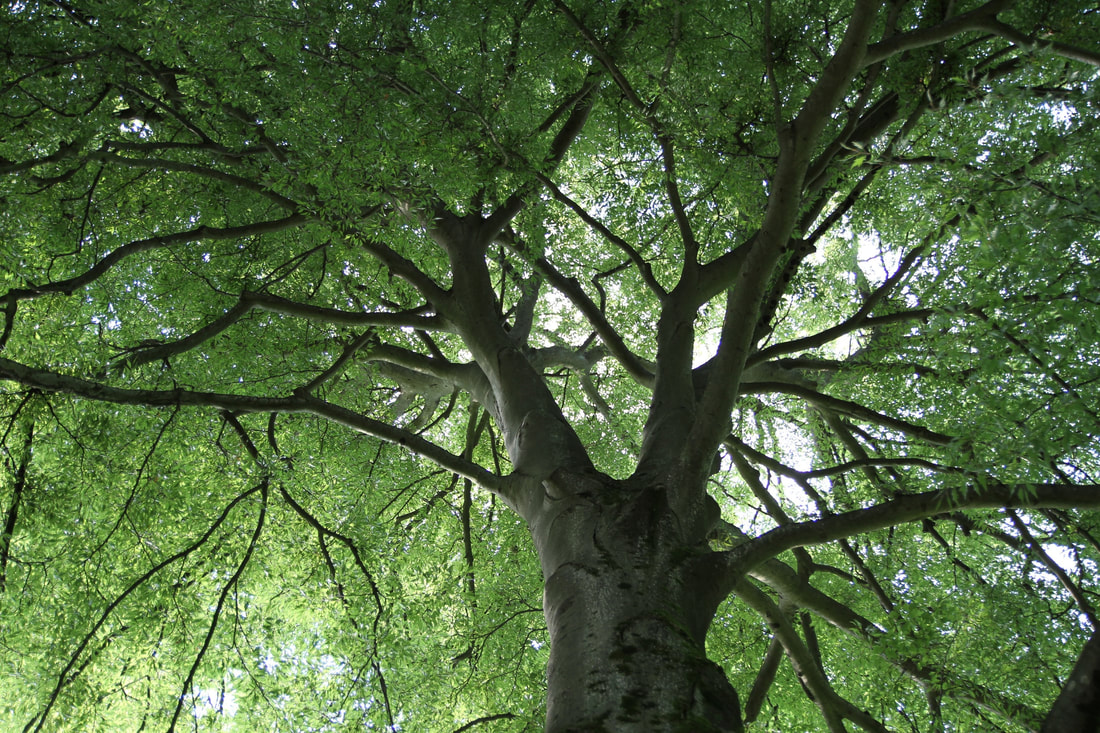 It’s Not Easy Seeing No Green I enjoy and appreciate cold weather. The crisp air, clear blue sky, and visible plumes of frozen water crystals rising out of vent pipes are some of the details I enjoy on a cold winter day. Having lived in a variety of places and climates, from the tropics to the temperate, I understand why winter can be a challenging season for some. But I love the season because of the many changes taking place and the excitement for what may lie ahead. I also love snow. Watching it fall softly to the ground. Hearing it crunch beneath my boots. Sledding, cross-country skiing, and snow shoeing are possible thanks to snow. In winter, you may notice as you walk through the park or a forest, that the color spectrum is more in line with the urban landscape of concrete, bricks and blacktop. Shades of brown, black, gray, and white abound. Not only do we have fewer hours of daylight to brighten our mood and tend to stay inside to avoid the cold temperatures, winter also surrounds with a seemingly lifeless landscape due to the lack of flowers and leaves. This perception of lifelessness is due to the lack of green. The color green is overwhelmingly absent in winter. We feel the absence of this wonderful color that we associate with life, growth, health, and freshness. Think Green During a drive through the countryside this past week, I enjoyed the winter ambience created by snow covered fields and trees. The hardwoods provided a complex array of interwoven brown, gray and white lines. When I drove a stretch road that wound through an area with numerous eastern white pines and Norway spruce, I felt a sense of calm enter. These trees provided soft and orderly lines of green in contrast to the surrounding trees. The presence of green plays an important role on the human psyche. The differing shades of green are seen more readily by humans as they fall in the middle of our spectrum of visible light. Because of this, it is the easiest on our eyes and calming to the mind. Shades of green are known to have relaxing effects and help to alleviate stress, instill a sense of safety and increase level of concentration. They can also improve mood and creativity. These are some of the reasons I integrate greens into my home and work environments. (See “How the Color of Your Office Impacts Productivity”) Arborvitae, red-cedar, douglas-fir and pines play an important role in my landscape, in part because the color they provide in winter. While I can appreciate it from the warmth of my house, it actually draws me out for a stroll through my landscape regularly regardless of the temperature. I also incorporate live plants and scenes of nature indoors. With the office spaces I have had over the years, I always found a way to incorporate the color green as an integral part of the décor for these very benefits. In Search of Green
Of the images I have displayed in my office today, the focal point is a large print with the perspective gazing upward into the crown of a magnificent beech tree and the splendor of its green leaves. I still remember basking in the field of green shining down on me as I took the photo during my time with the tree. This energy continues to radiate as I sit in my workspace. The effects of working in the presence of this image are noticeable. I feel a calmness within, in much the same way as when I drove that stretch of road that took me through an oasis of green in the middle of winter. Fortunately, there are many places around Wisconsin you can immerse yourself in green this winter. In Waukesha County, I enjoy hiking through stands of conifers in Nashotah Park and Retzer Nature Center. Mukwonago park has a few nice groupings of conifers, one easily accessible as it is adjacent to the campground parking area. I encourage you to get out into an area with an abundance of green. Hike, ski or drive yourself someplace green. See if you can sense impact the color has on your mind and body.
1 Comment
Leave a Reply. |
AuthorAs a G.O.T.C. Recognized Master Instructor & Facilitator, I.S.A. Board Certified Master Arborist, and T.C.I.A. Certified Treecare Safety Professional, Curt has spent over 30 years dedicated to the study and care of trees. Categories
All
Archives
May 2024
|
|


 RSS Feed
RSS Feed
